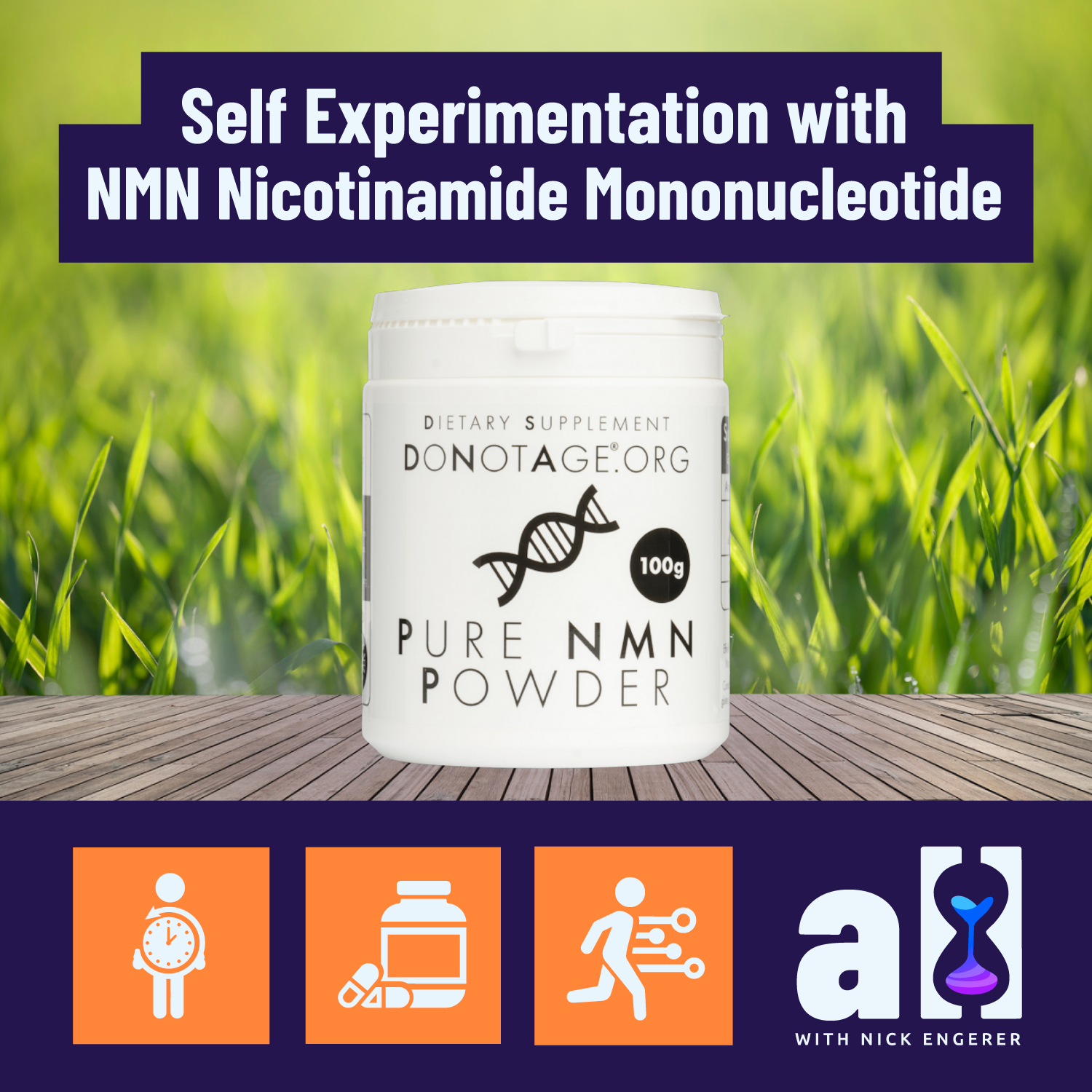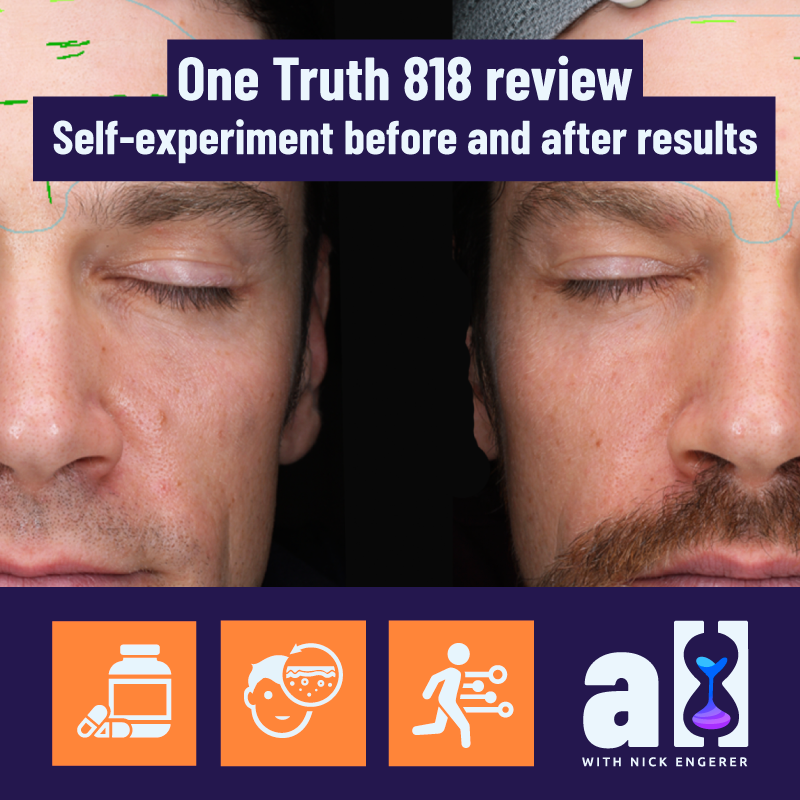
One Truth 818 serum review - Self-experiment before and after results
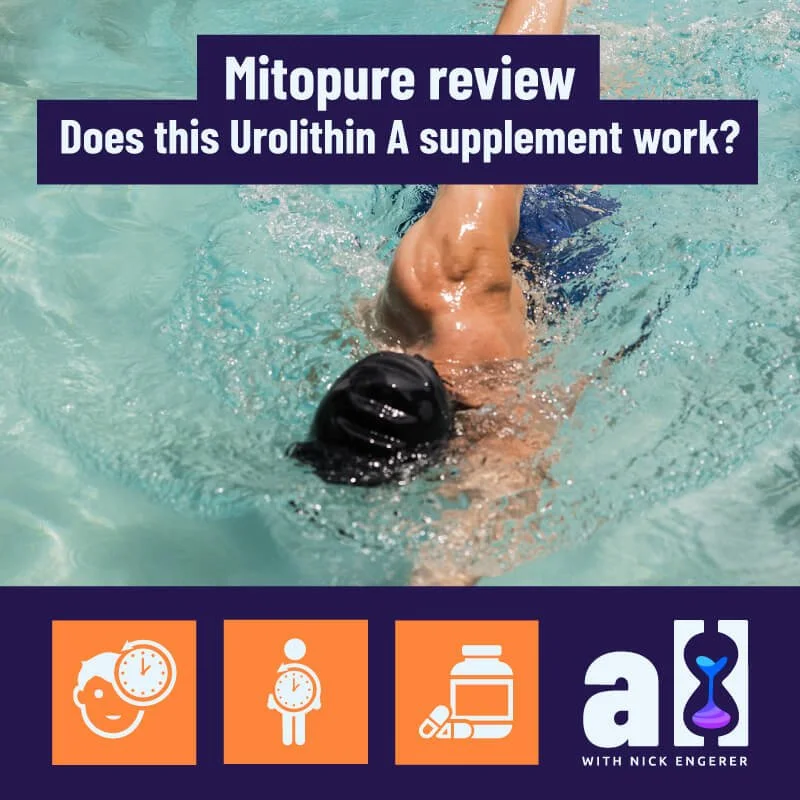
Mitopure review - Does this Urolithin A supplement actually work?
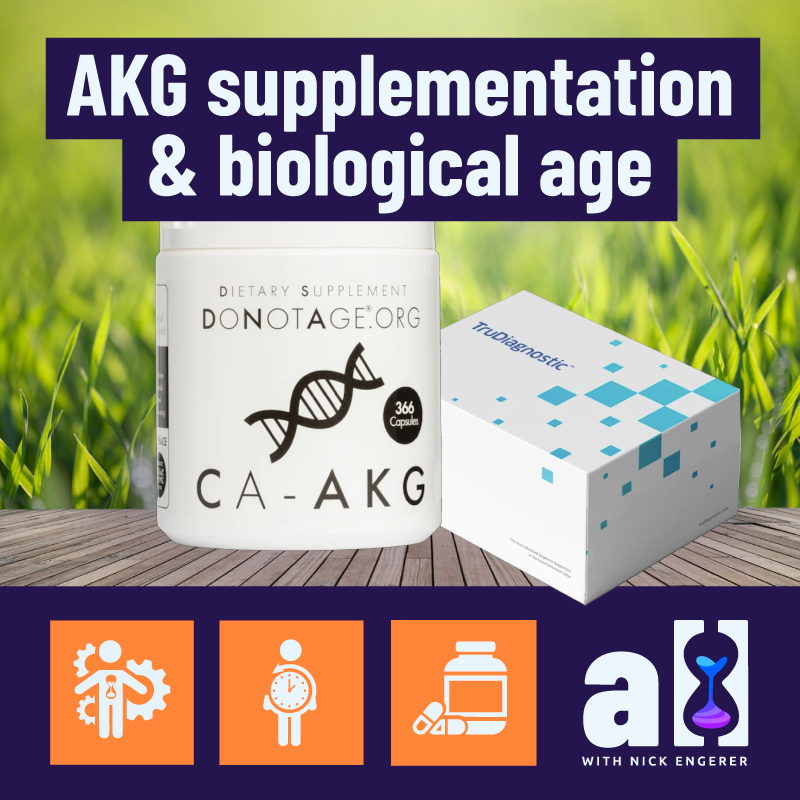
AKG supplementation improved my biological age in these three ways

Can Tru Diagnostic finally answer: Why am I aging so fast? An interview with Ryan Smith

Understanding One Truth 818 serum. Is this premium product worth the price? An interview with Rachael D’Aguiar
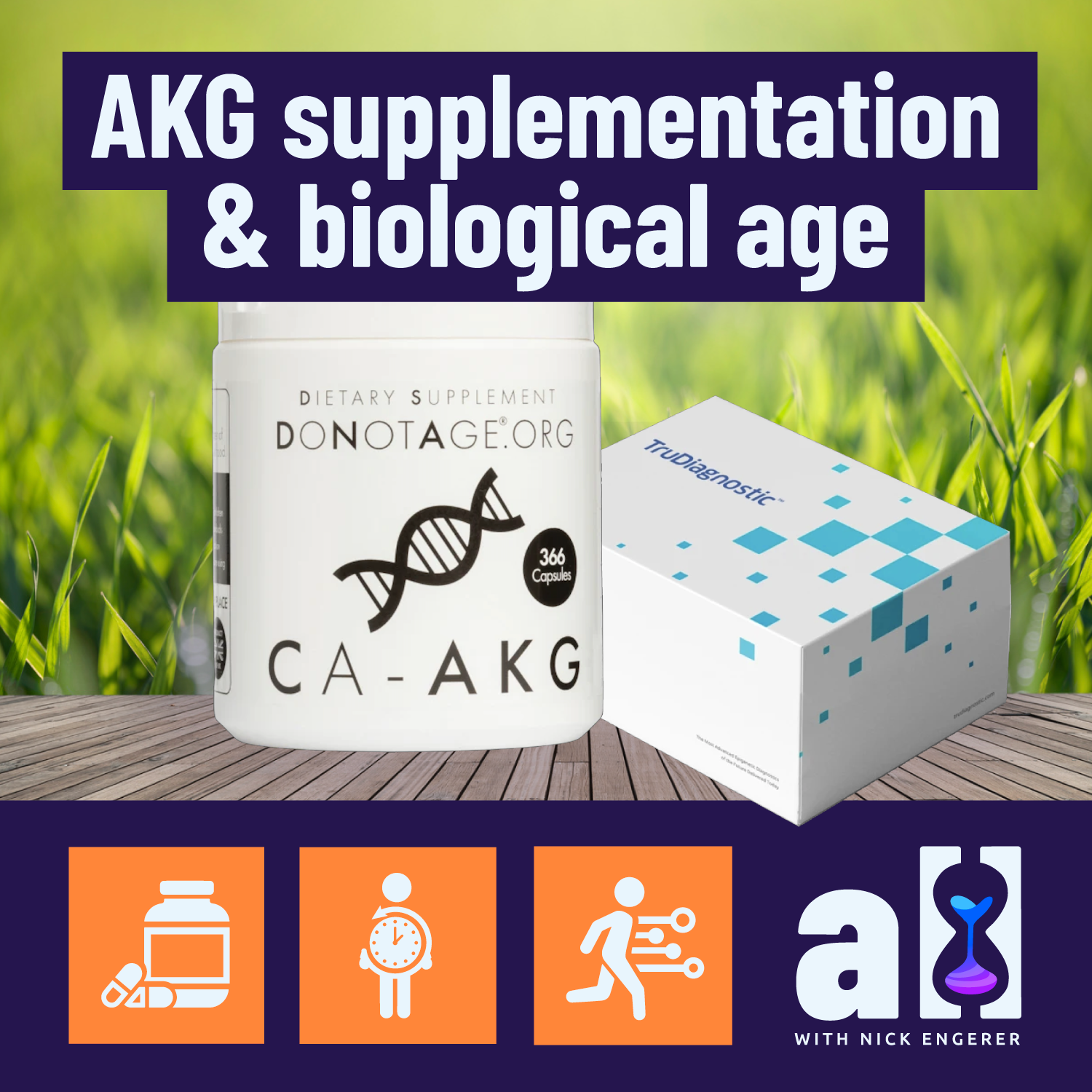
AKG supplement benefits your biological age? An Interview with Dr. Yelena Budovskaya of TruMe Labs
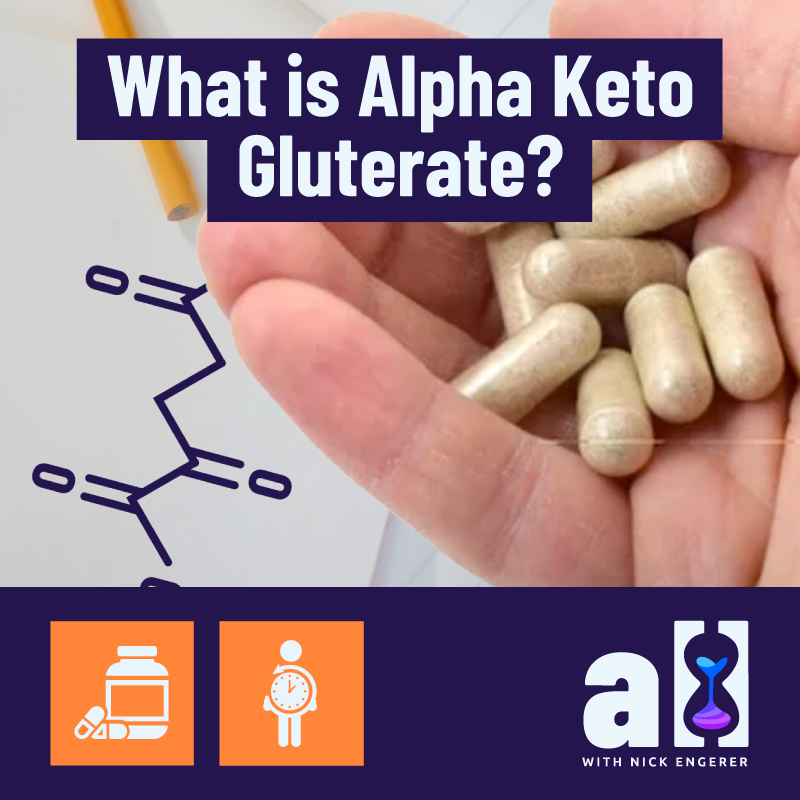
Calcium AKG Alpha Keto Glutarate supplement review
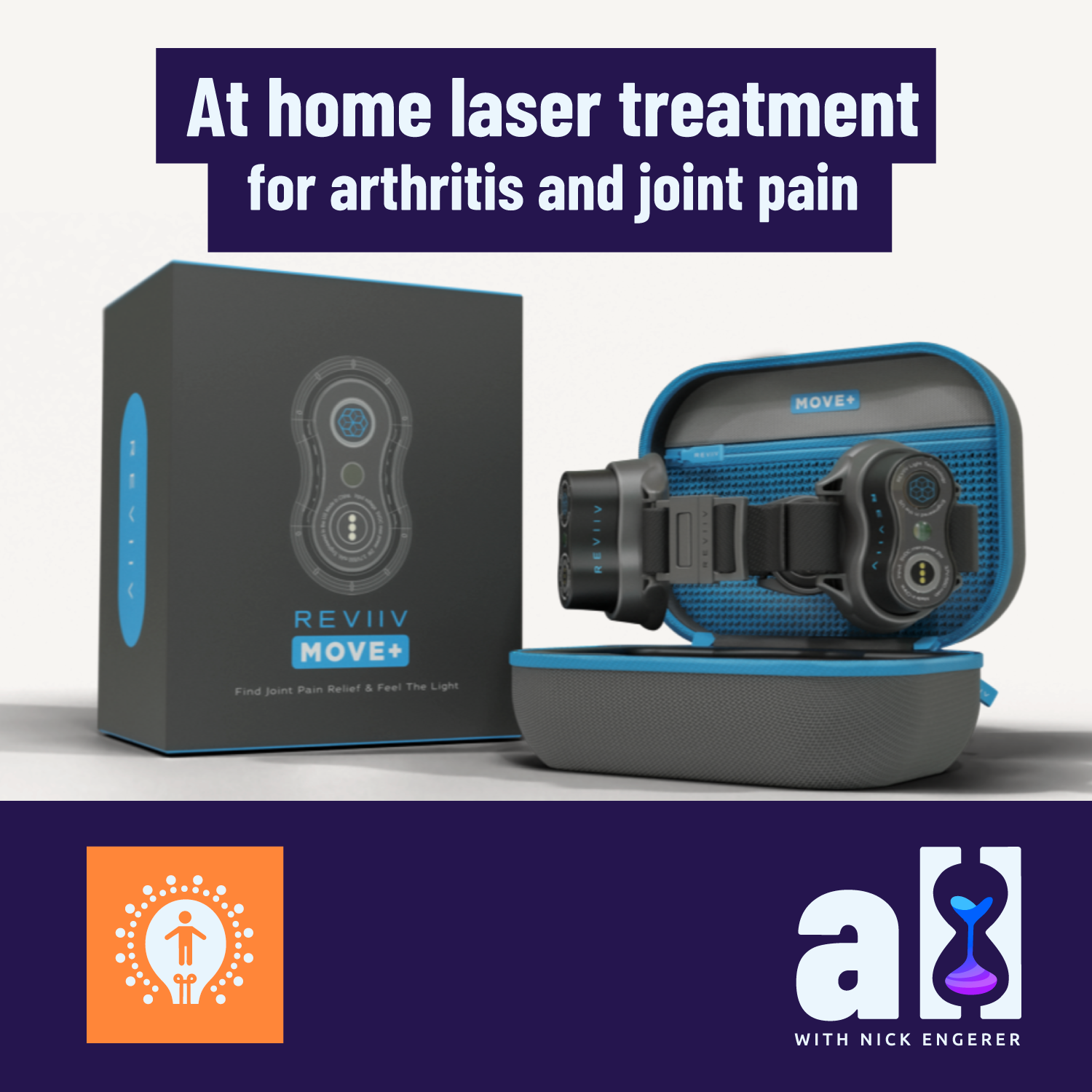
At home laser treatment for arthritis and joint pain with the Kineon Move+
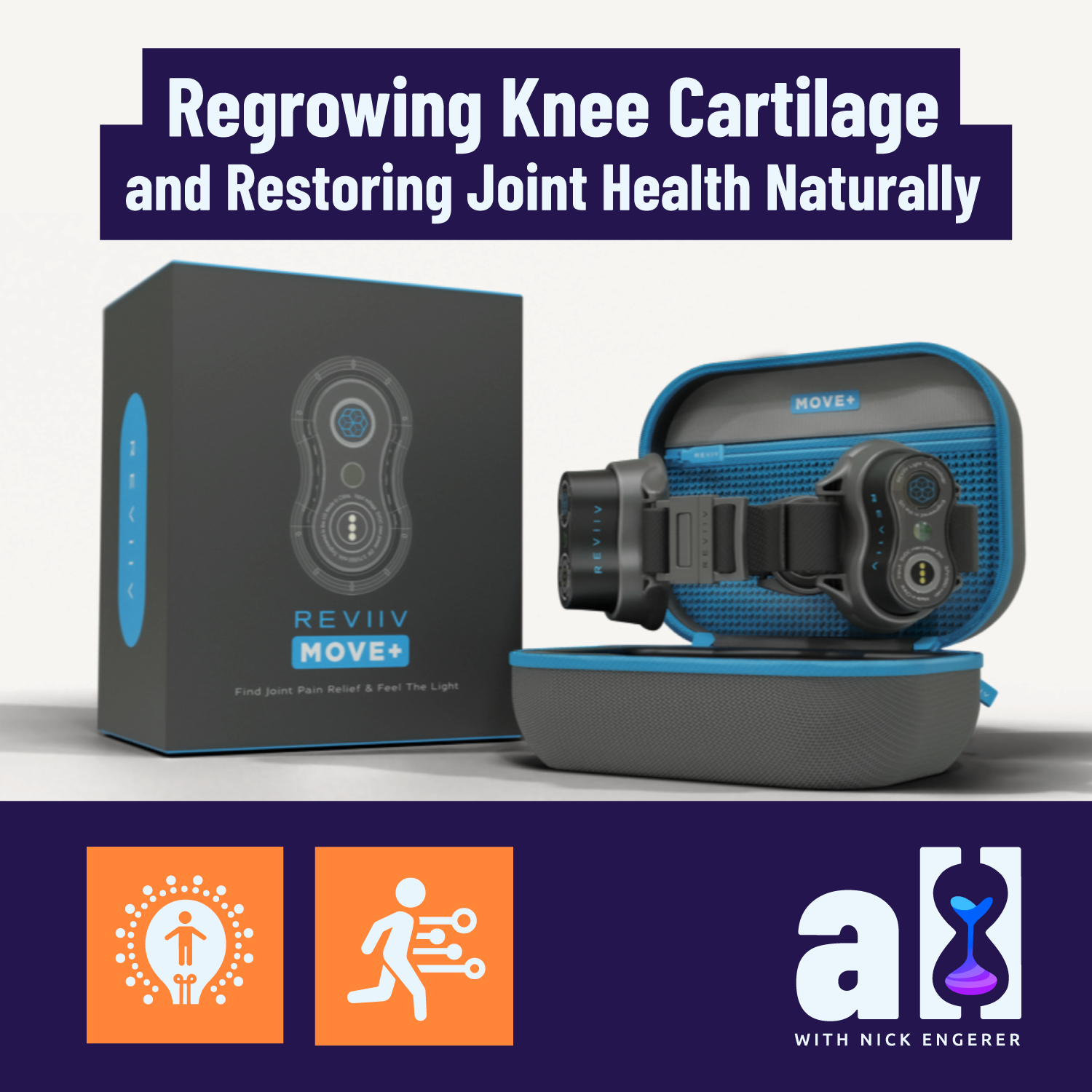
Regrowing knee cartilage and restoring joint health naturally. An interview with Kineon CEO Forrest Smith - Part 1
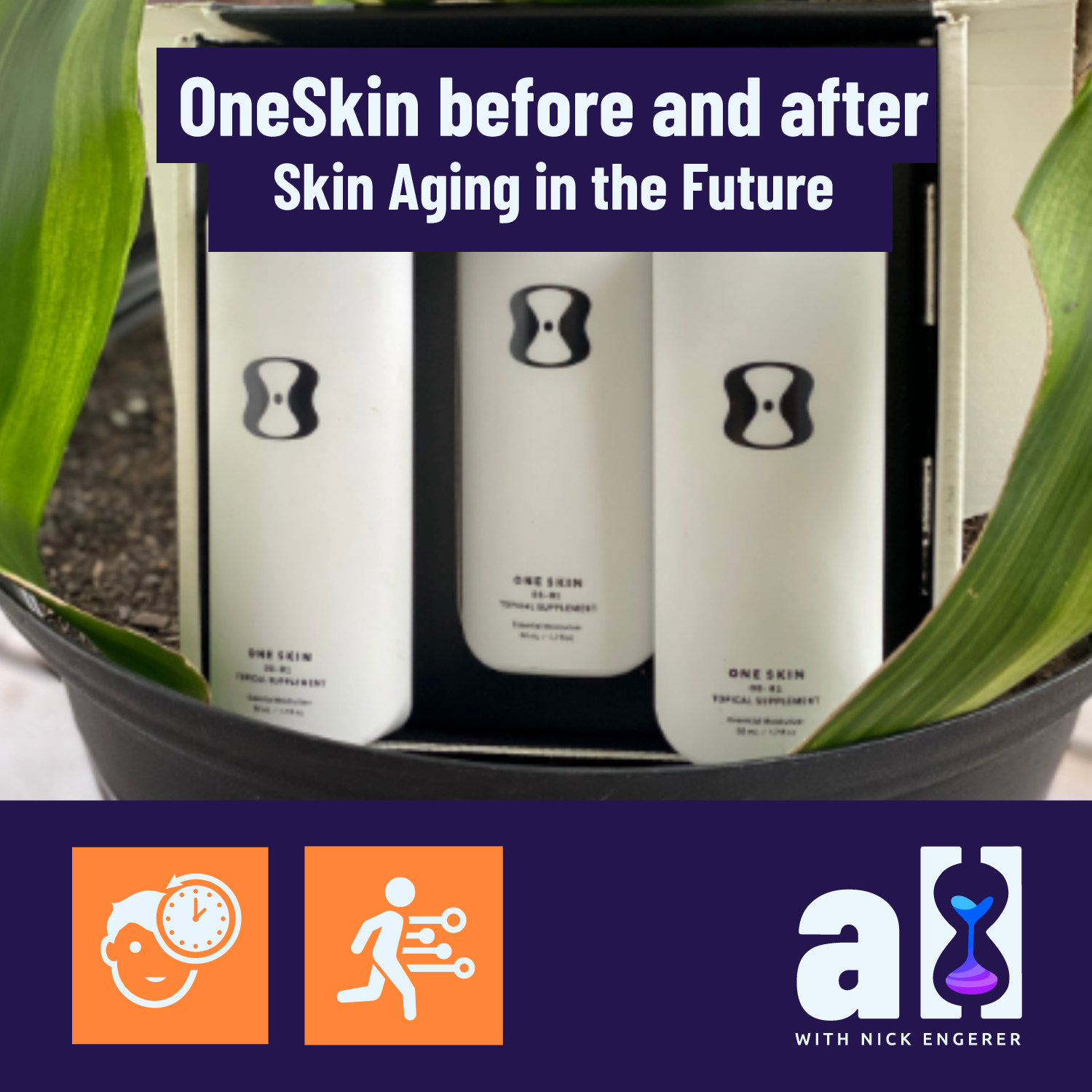
OneSkin before and after - skin aging in the future: An interview with OneSkin CEO Dr Carolina Reis - Part 2
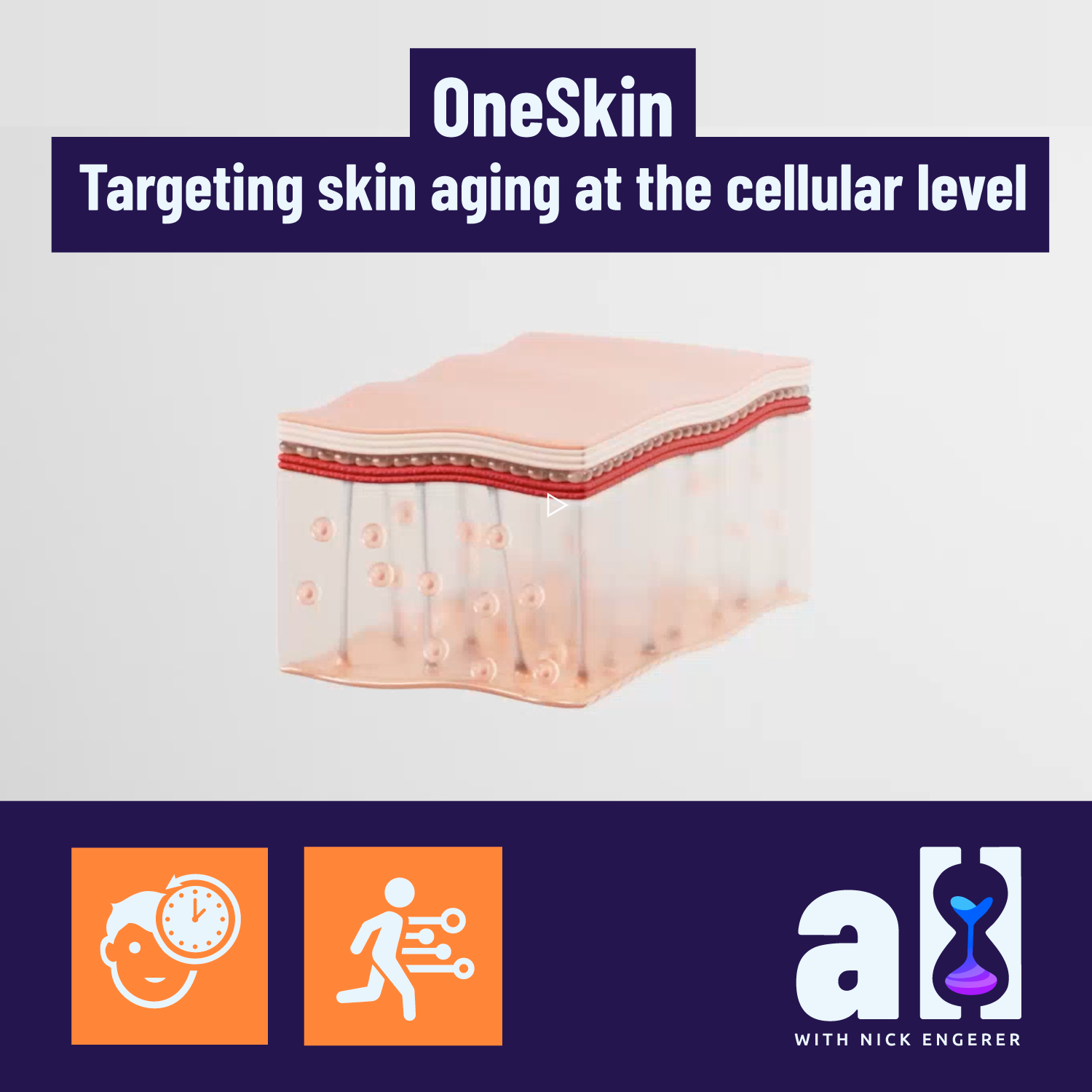
OneSkin - targeting skin aging at the cellular level: An interview with CEO Dr Carolina Reis - Part 1

Longevity: Fasting, diet, sleep, stress - How to personalise your approach
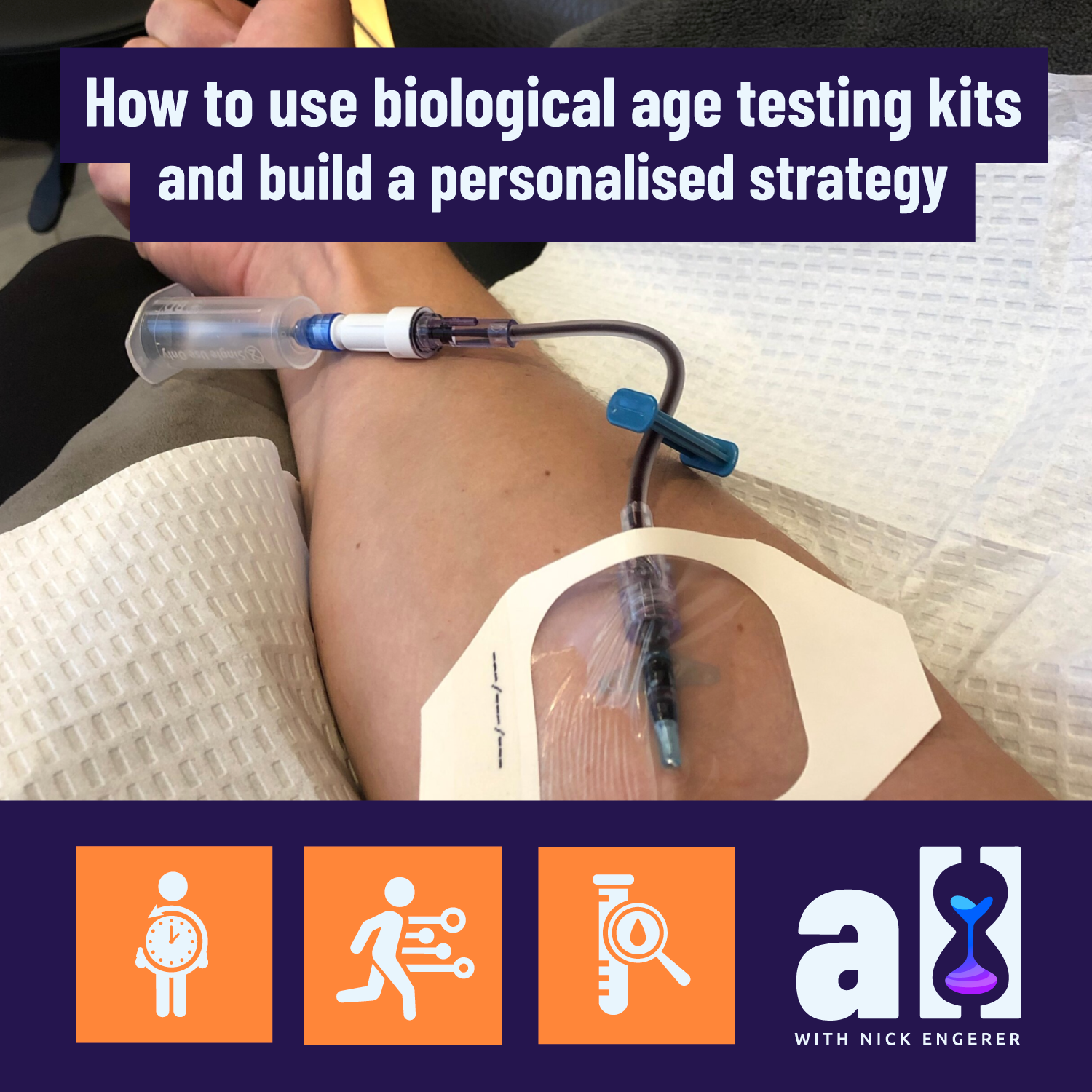
How to use biological age testing kits and build a personalised longevity strategy

Increasing plant diversity improves GlycanAge significantly - A self-experiment
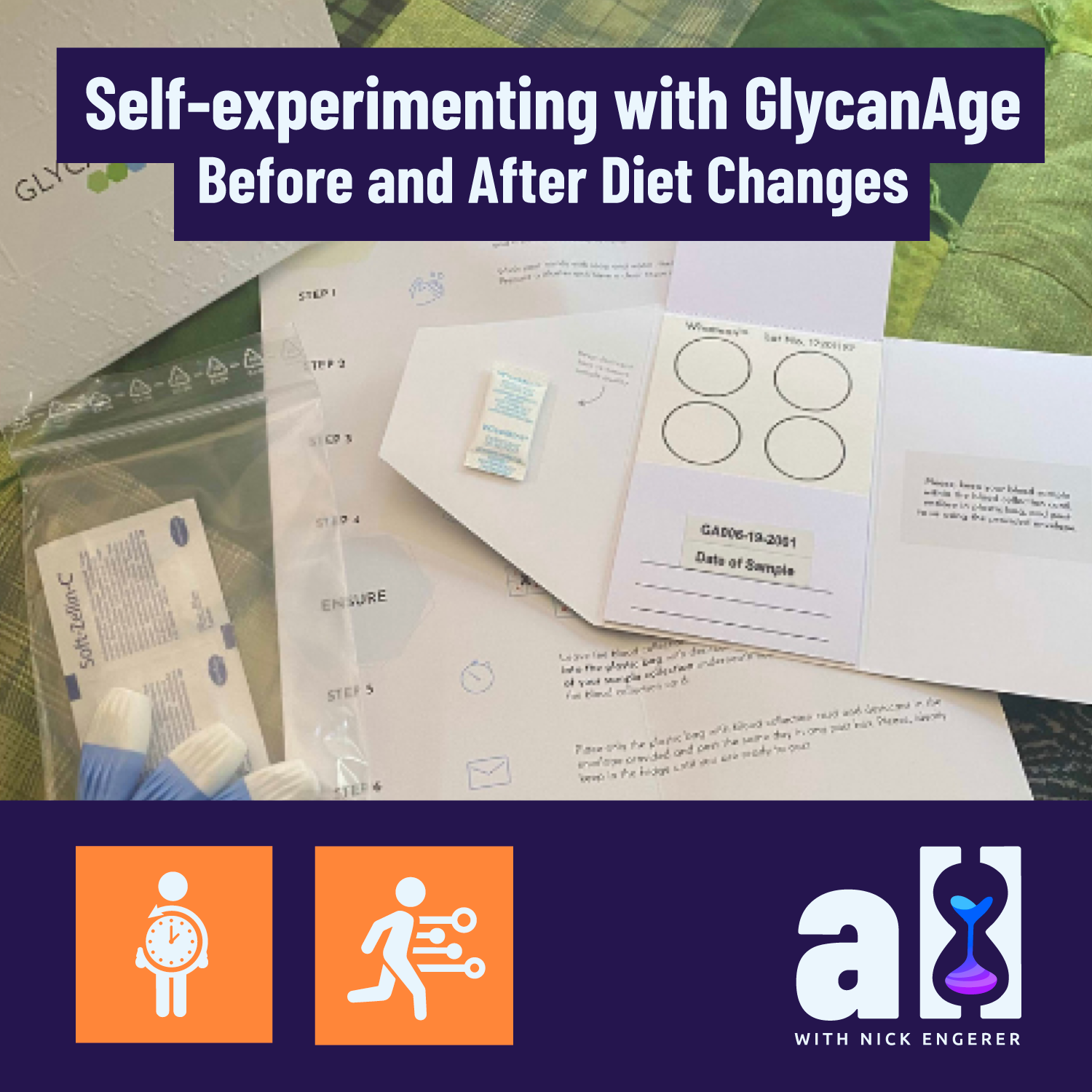
Self-experimenting with GlycanAge - Before and after diet changes
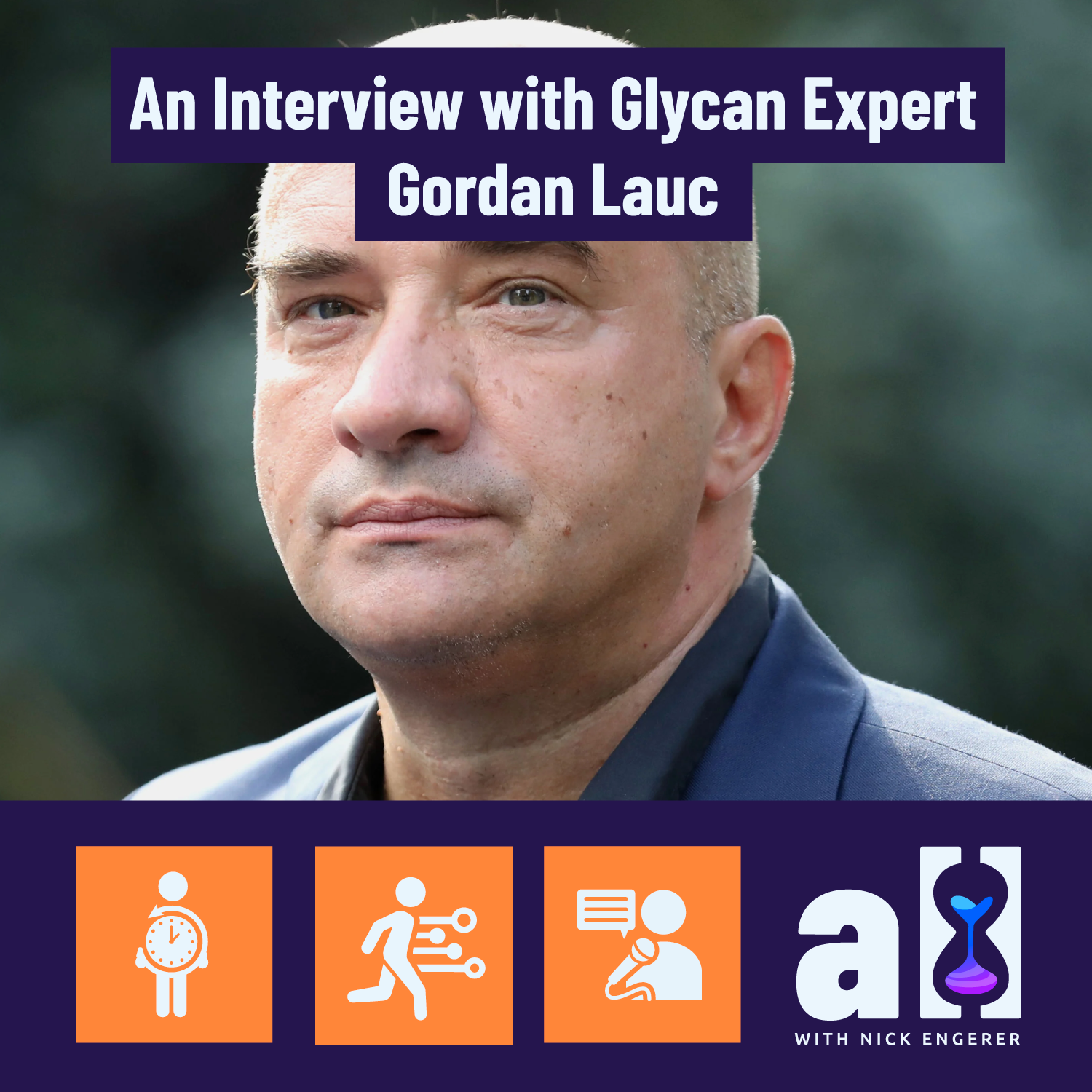
How GlycanAge biological age testing works - An interview with Glycan expert Gordan Lauc
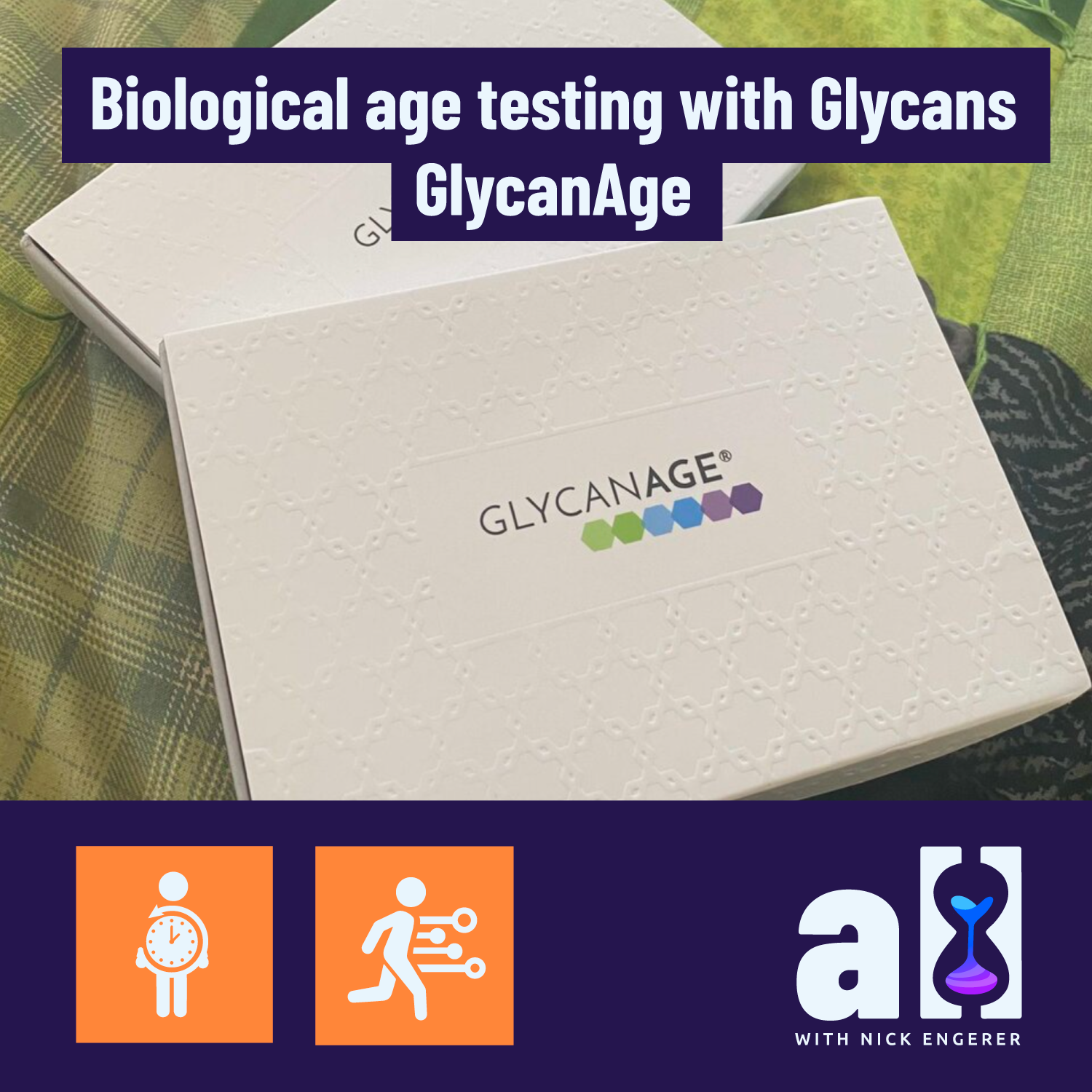
Biological age testing with Glycans - GlycanAge
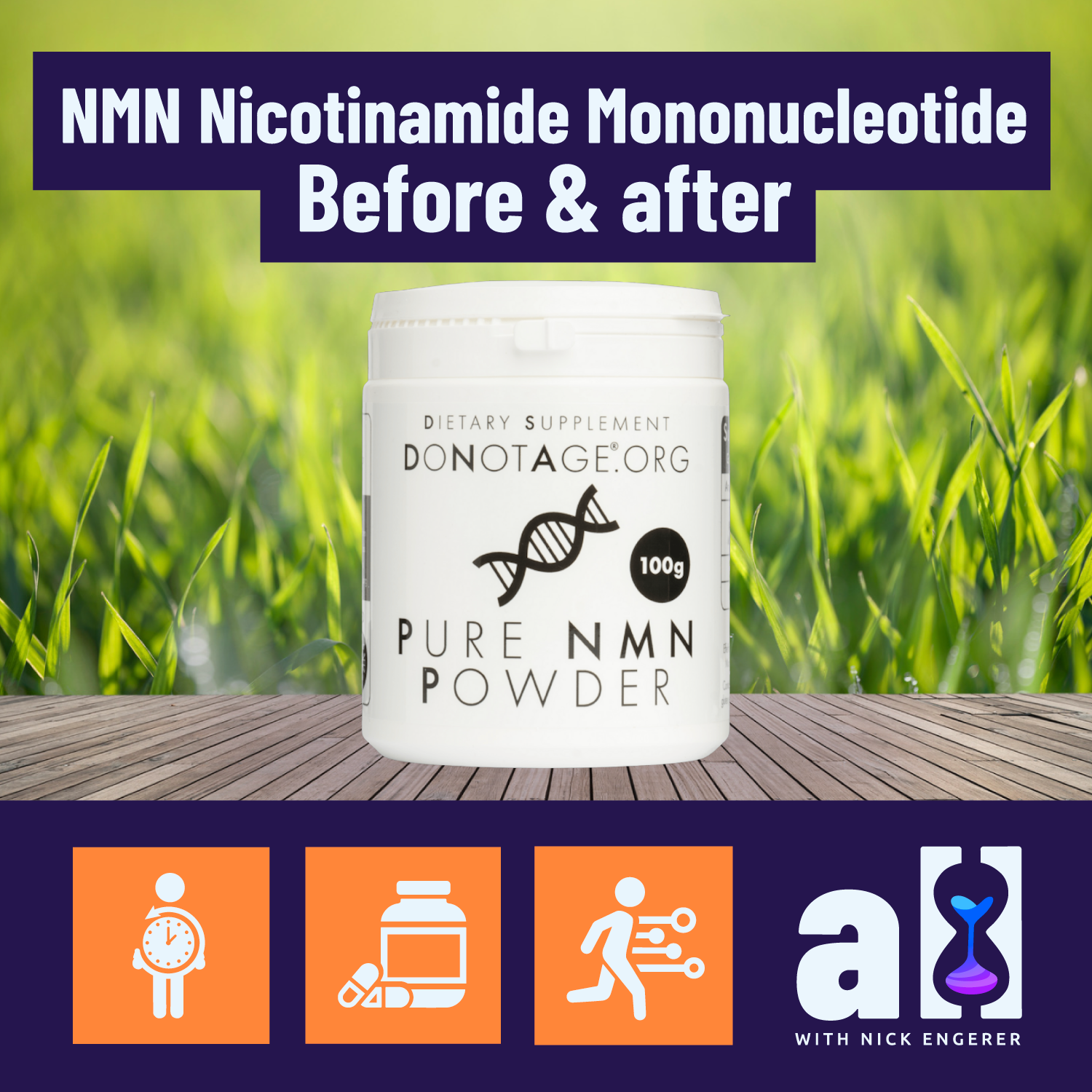
NMN Nicotinamide Mononucleotide before and after
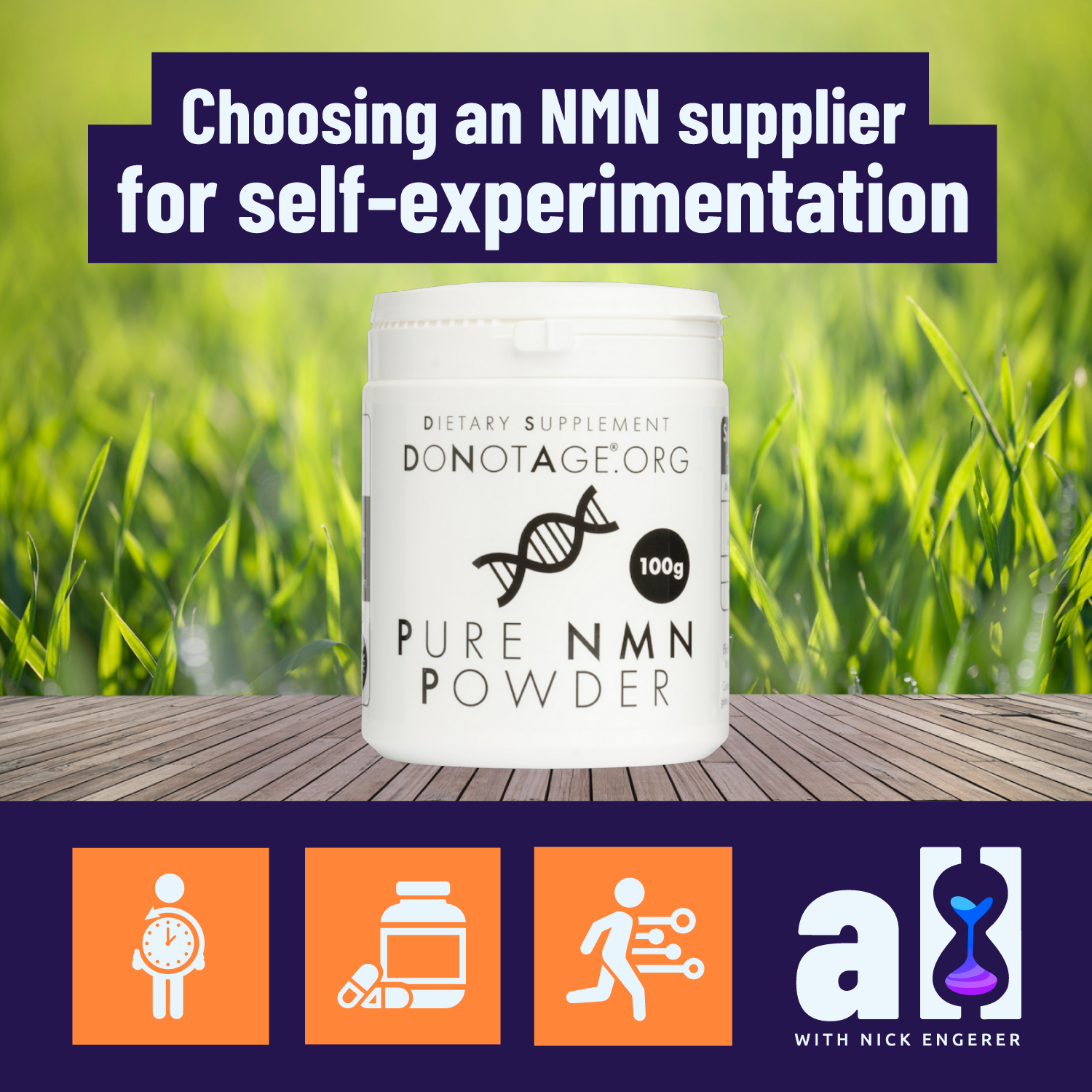
Choosing an NMN supplier for self-experimentation
